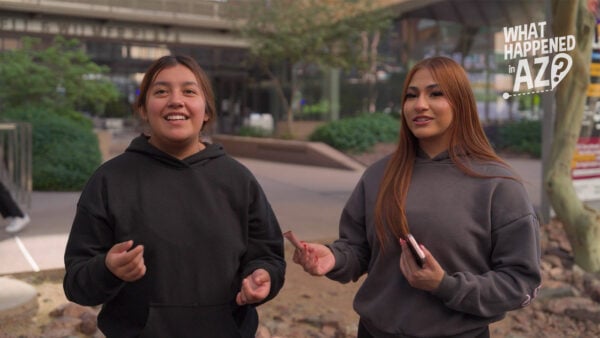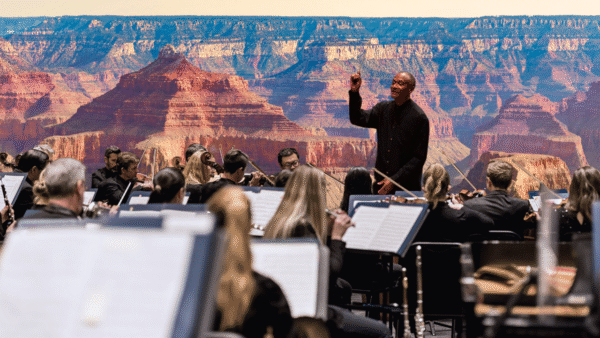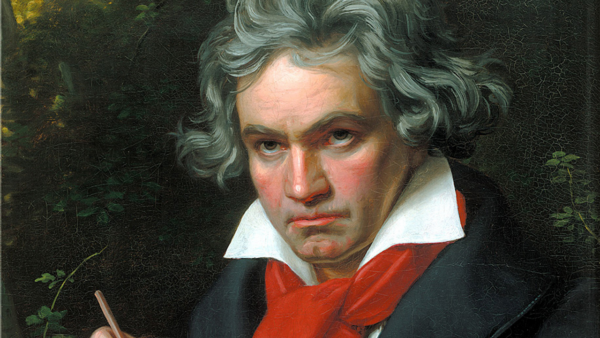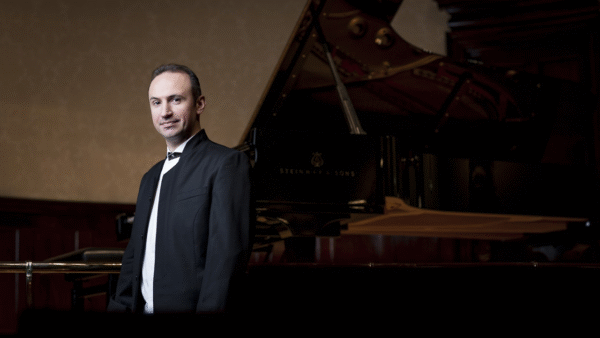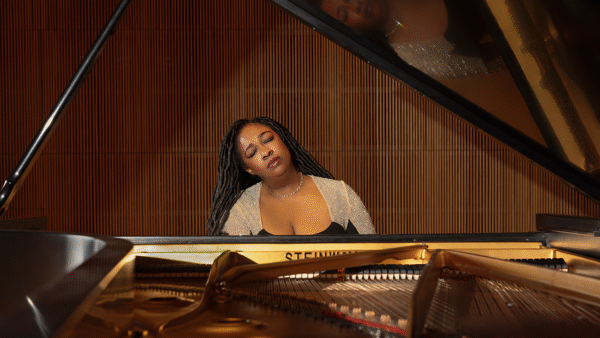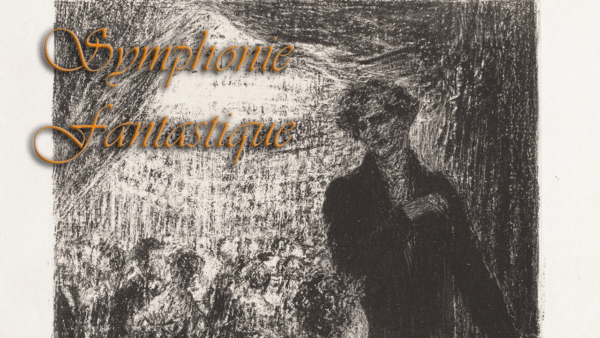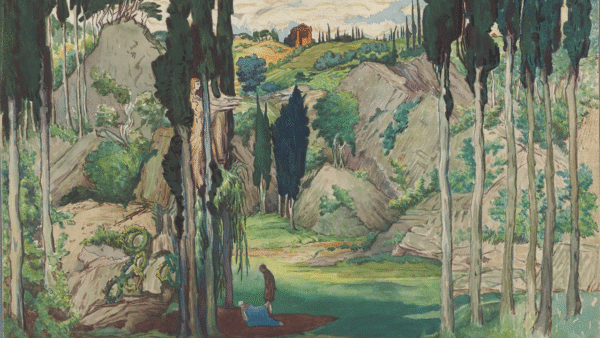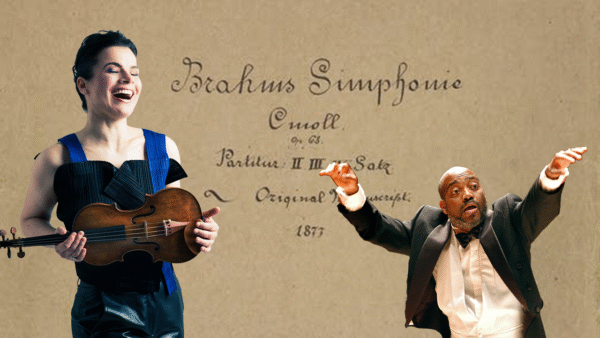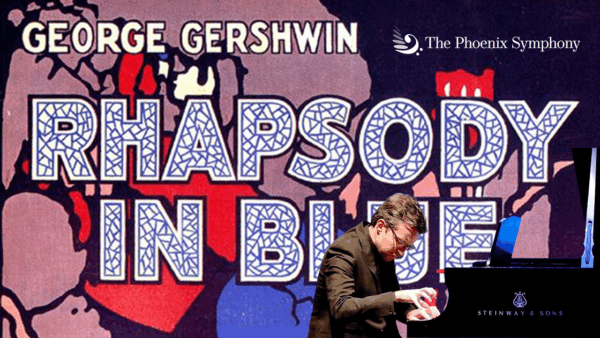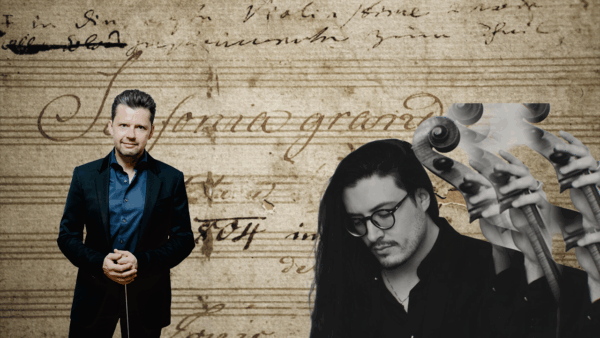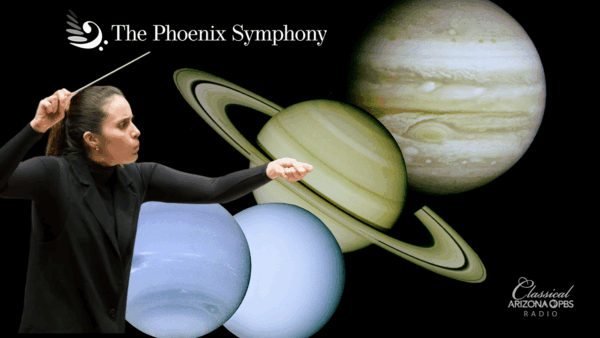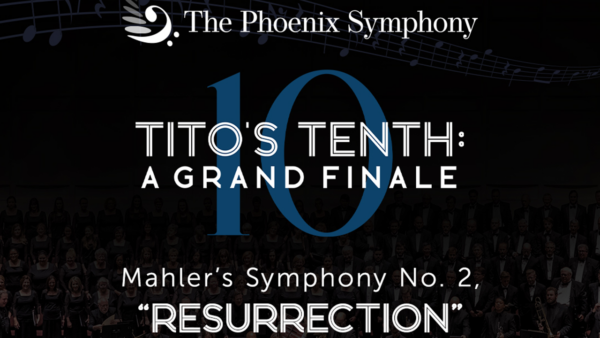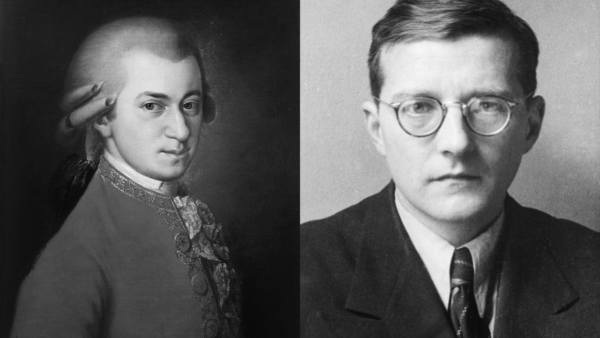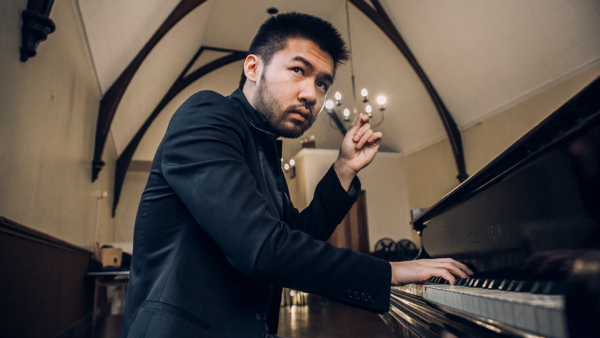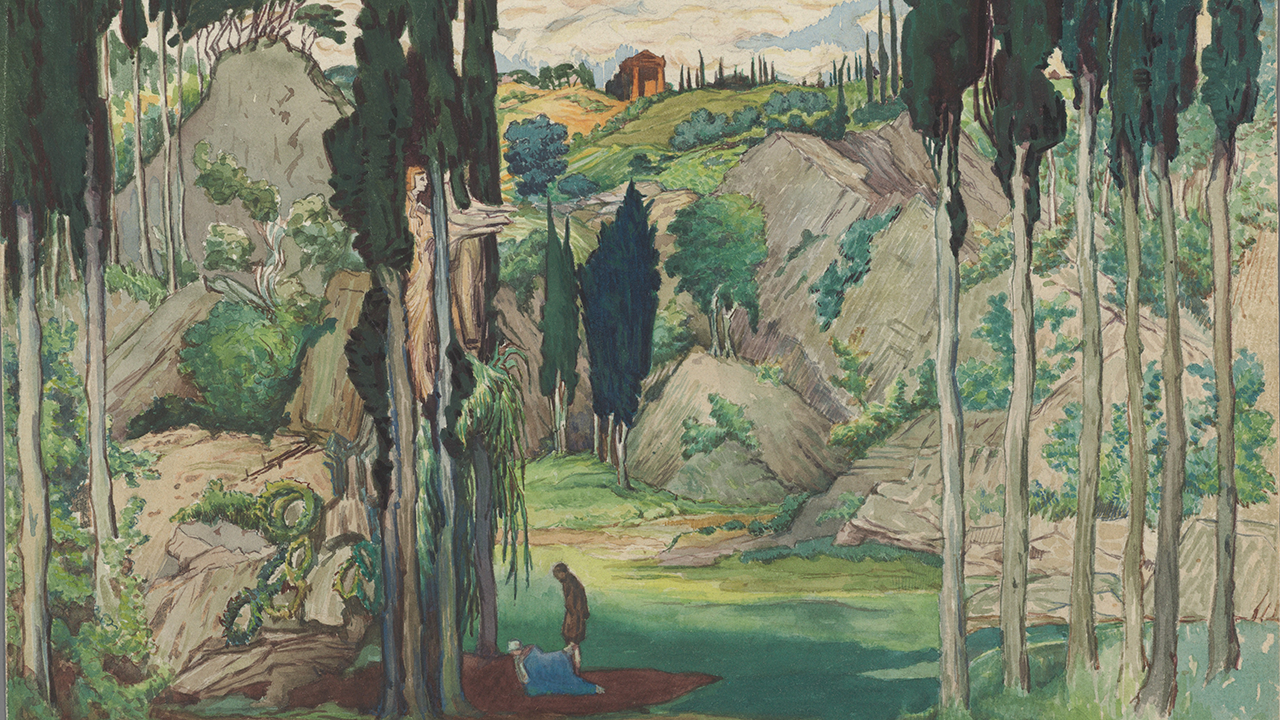
Daphnis and Chloe
Oct. 29
Rhythm, Romance, and Radiance: The Phoenix Symphony in Ravel and Lalo
This week’s broadcast by The Phoenix Symphony invites listeners into a world of color, movement, and imagination — from the carnival streets of Brazil to the glittering dance halls of Paris. Under the baton of guest conductor Miguel Harth-Bedoya and featuring violinist Richard Lin, the program opens with Clarice Assad’s exuberant Bonecos de Olinda, continues with Édouard Lalo’s fiery Symphonie espagnole, and culminates in Maurice Ravel’s shimmering Daphnis et Chloé Suite No. 2, one of the crowning achievements of French impressionism.
The evening begins in the vibrant streets of northeastern Brazil with Bonecos de Olinda (2019), a joyful orchestral showpiece by Clarice Assad. Part of Brazil’s legendary Assad musical family, Clarice has emerged as a singular voice — a composer, singer, pianist, and educator whose works defy boundaries. The piece takes its name from the enormous, hollow puppets that parade through the carnival of Olinda, in the coastal state of Pernambuco. These “bonecos,” some more than ten feet tall, dance through the streets to the sound of frevo and maracatu rhythms in a swirl of color and energy. Assad captures that exuberance through syncopated percussion, dancing rhythms, and brilliant orchestral color, evoking what she calls the “euphoric madness” of Brazilian carnival, where music, dance, and life become inseparable.
The spirit of celebration continues in Lalo’s Symphonie espagnole in D minor, Op. 21 — a piece that bridges the elegance of the French symphonic tradition with the passion and flair of Spain. Composed in 1874 for the legendary violinist Pablo de Sarasate, this five-movement concerto radiates rhythmic vitality and melodic sparkle. Its title may suggest a symphony, but it is a virtuoso showcase for the solo violin, full of Spanish inflection and romantic bravura.
From its first movement, where the violin enters with a cadenza of daring athleticism and flamenco flair, to its teasing Scherzando and soulful Andante, Symphonie espagnole invites listeners into a world of charm, fire, and elegance. The final Rondo is a whirlwind of dancing rhythms and lyrical flights, demanding precision and stamina from the soloist while sweeping the orchestra along in exuberant dialogue. This performance features violinist Richard Lin, whose artistry has been praised for its “glowing tone and electrifying brilliance.” A Taiwanese-American musician who won the Gold Medal at the 2018 International Violin Competition of Indianapolis, Lin has since performed with major orchestras throughout Asia, Europe, and North America. His 2022 Carnegie Hall debut was described by New York Concert Review as “a performance of stunning power and musical maturity.” Lin’s playing is marked by its warmth, technical mastery, and poetic insight — qualities that bring fresh vitality to Lalo’s sparkling score.
The centerpiece of this concert, Ravel’s Daphnis et Chloé Suite No. 2, unfolds as one of the most sensuous and spellbinding creations of the 20th century. Originally composed in 1912 as a ballet for Serge Diaghilev’s Ballets Russes, Daphnis et Chloé tells an ancient Greek tale of love, loss, and divine intervention — the story of two young shepherds, separated by pirates and reunited through the mercy of the god Pan. Ravel called it “a vast musical fresco,” and the score, written for full orchestra and wordless chorus, is his most ambitious and luminous work.
The Suite No. 2, drawn from the ballet’s final scenes, opens with the breathtaking “Lever du jour” (“Daybreak”), one of the most famous sunrises in all of music. The orchestra awakens gradually — harps shimmer, woodwinds call like birds, and the strings begin to glow with radiant color. It is a masterclass in orchestration: Ravel paints light itself, from the first glimmers of dawn to the golden warmth of morning. The second section, “Pantomime,” represents the love scene of Daphnis and Chloé — tender, graceful, and flowing with lyrical passion. Finally, “Danse générale” erupts with rhythmic energy as flutes and percussion drive a jubilant bacchanal, the lovers and their companions celebrating under the full blaze of day.
When Daphnis et Chloé premiered in Paris in 1912, audiences were astonished by its beauty and complexity. It marked a moment of transformation in orchestral sound — where rhythm, harmony, and texture became not just accompaniments to melody but the very fabric of musical storytelling. Igor Stravinsky, Ravel’s contemporary and occasional rival, famously declared it “one of the most beautiful products of all French music.” More than a century later, it remains an experience of pure sonic ecstasy, a work that seems to shimmer in the air long after its final chord.
Guest conductor Miguel Harth-Bedoya brings deep understanding and vivid artistry to this repertoire. A native of Peru, he has led orchestras across the world — from the Chicago Symphony and the Philadelphia Orchestra to the Norwegian Radio Orchestra and the Fort Worth Symphony, where he now serves as Music Director Laureate. Known for his expressive command of color and rhythm, Harth-Bedoya is also the founder of Caminos del Inka, a non-profit dedicated to exploring and preserving the rich musical traditions of South America. His conducting reflects both intellectual clarity and a passionate connection to sound, qualities that make him an ideal interpreter of Ravel’s radiant soundscapes and Assad’s rhythmic vitality alike.
Together, Harth-Bedoya and Richard Lin form a compelling partnership — a meeting of precision, imagination, and emotion. Their collaboration with The Phoenix Symphony in this program reveals not only the orchestra’s virtuosity but also its deep commitment to storytelling through sound. From the vibrant pulse of Brazil to the sensual landscapes of France, and the fiery spirit of Spain, this concert celebrates the universal language of rhythm and the boundless power of orchestral color.
You can experience this performance as part of The Phoenix Symphony Broadcast Series, airing Wednesday evenings at 7:00 p.m. on KNAU Arizona Public Radio, in Dolby Digital Surround Sound on DTV 8.5 Classical Arizona PBS, and on Classical 89.5 KBACH.
Featured in this episode:
Assad – Bonecos de Olinda
Lalo – Symphonie Espagnole – featuring Richard Lin, violin
- I. Allegro non troppo
- II. Scherzando: Allegro molto
- III. Intermezzo: Allegretto non troppo
- IV. Andante
- V. Rondo: Allegro
Encore – Richard Lin, violin
Ravel – La Valse
Satie Gymnopedies
Ravel – Daphnis et Chloe Suite No. 2
- I. Lever de jour. Lent
- II. Pantomime
- III. Danse générale
Frank – Leyendas: An Andean Walkabout – Carlos Izcaray, conductor
